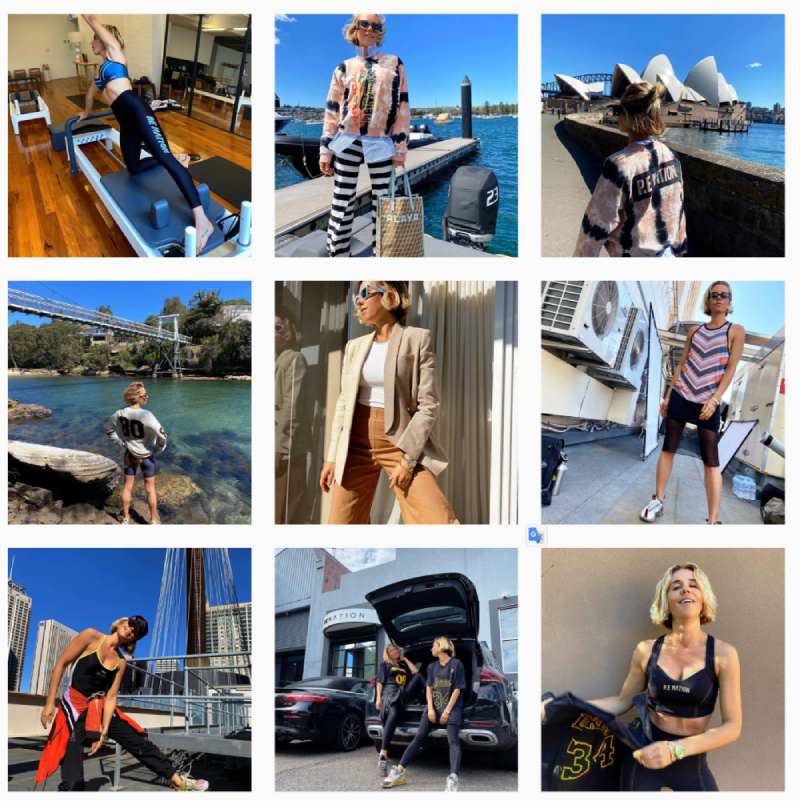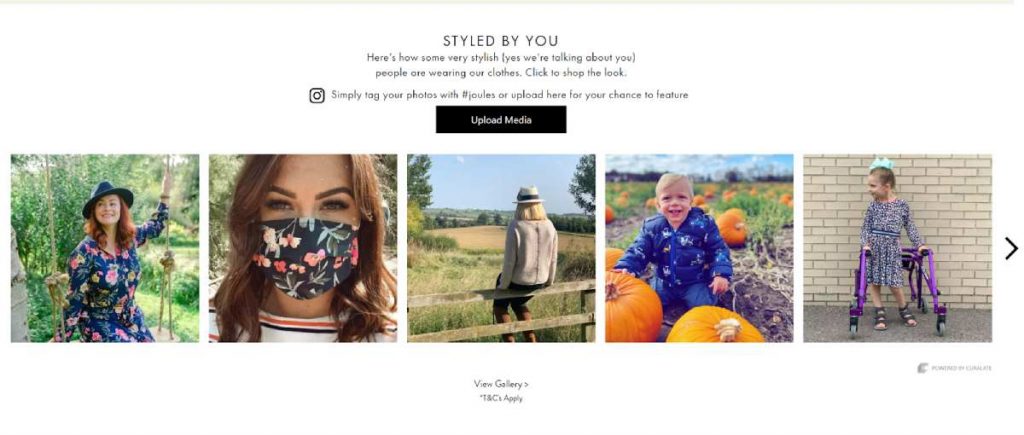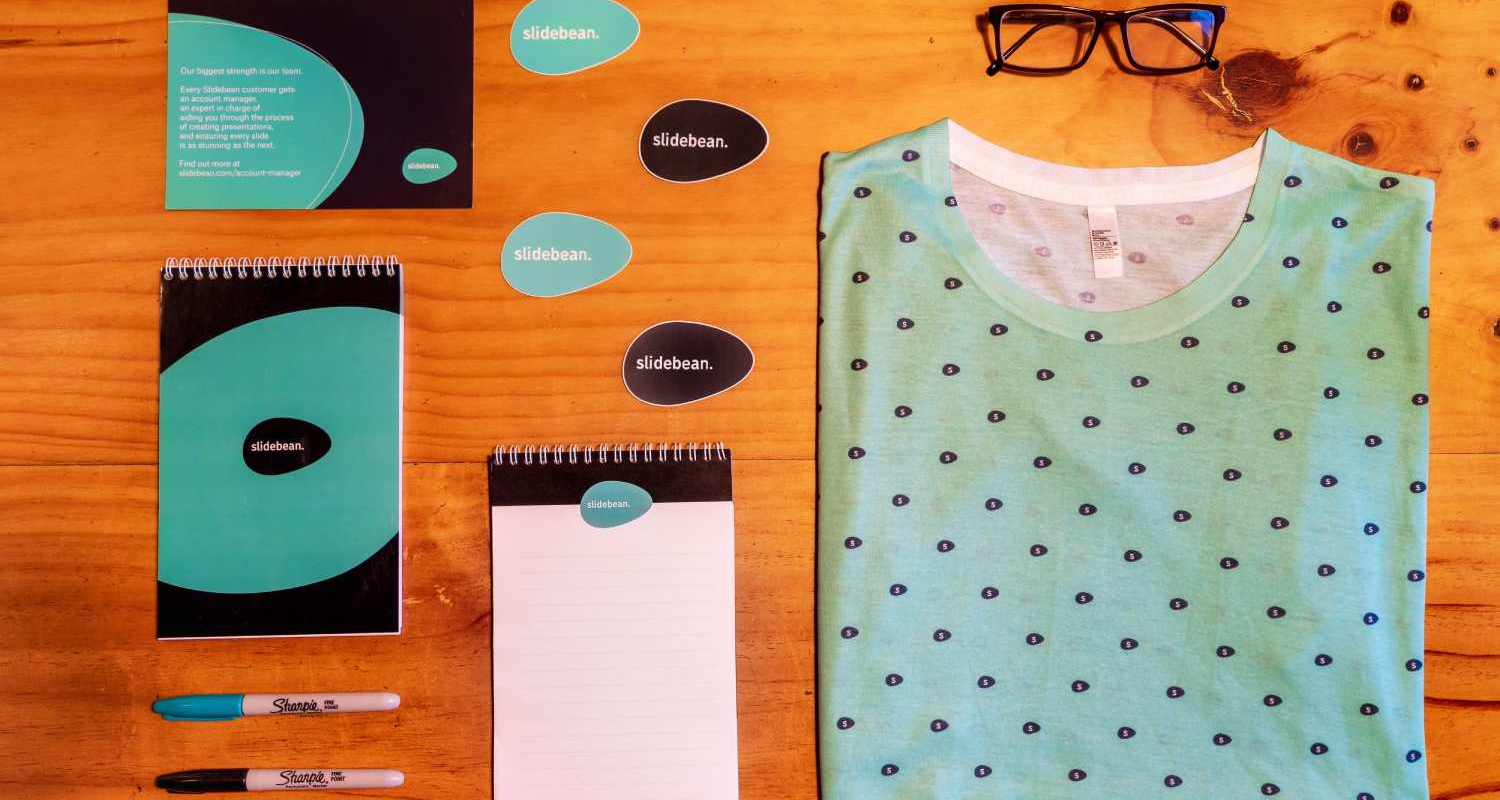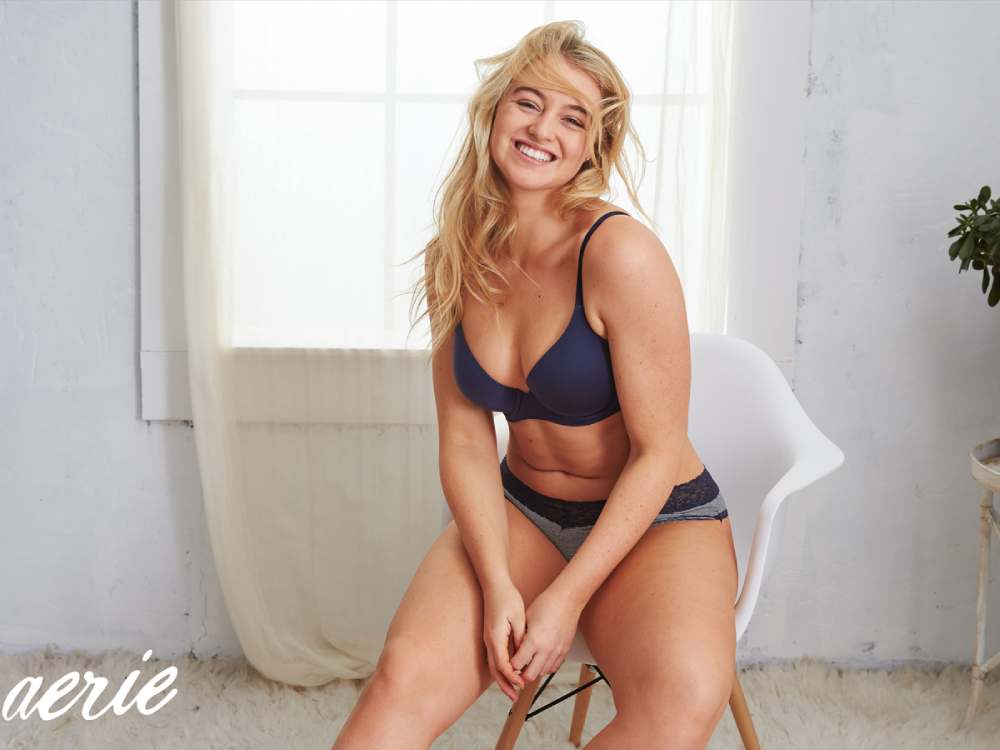With millions of ecommerce sites across the globe, and more being created daily, standing out among your competitors is a crucial aspect of growing your business.
An underrated but effective way of doing this is through brand authenticity. By creating a brand that’s entirely yours, it allows you to showcase your business and your personality and in return, attracts customers with the same values and personality as your brand.
But what is brand authenticity?
At its core, brand authenticity is sharing your core values and ethics with your customers – and showing that you are committed to them.
This is achieved by creating clear, consistent and engaging messaging around your brand mission (what you want to achieve for your customers) and brand values (what matters to you as a brand).
According to one survey, 86% of consumers say brand authenticity is a deciding factor in what brands they like and support. That number jumps to 90% among millennials who want ‘real and organic’ over ‘perfect and packaged’.
One of the most successful examples of this is Dove’s ‘real beauty’ campaign. Dove’s brand mission is simple: all women are beautiful. Their ‘real beauty’ campaign focused on ‘real’ women, redefining the beauty industry’s unrealistic beauty standards.
As a result of this clear and consistent messaging, Dove soap bars became the number one brand in the U.S. Sales jumped from $2.5 billion in its opening campaign year to $4 billion a year 10 years later.
But you might be thinking, “sure, that is easy for a big multinational company to do, but I don’t have that kind of time or budget.” Well, the good news is that you don’t need a billion dollar budget to create brand authenticity.
Creating ‘real and organic’ online brand content is easier than you might think. Here we explain what brand authenticity is and share some examples and ideas for how ecommerce retailers can boost sales through brand authenticity.
How product images can create brand authenticity
Brand authenticity starts with your product images. They should be an accurate and real depiction of your product. If you are an online only ecommerce retailer, this is even more important because people can’t see and touch your products in a physical store themselves.
Use real product images
And it might sound obvious, but that means you should avoid using stock images. They can look posed and staged, and there are often a dozen other websites already using the same images. Plus, no-one is engaging with your product, the thing that you are trying to sell!
Another thing to avoid is airbrushing. In fact, in 2016, American Eagle’s lingerie brand, Aerie, announced they would no longer airbrush their ads – and their sales jumped by 32%!
Instead, you should focus on taking product images yourself following basic photography principles, like using natural lighting and taking photos on a white background to make your products look as good as it can while being authentic.
That doesn’t mean you can’t remove the odd mark or light glare in a photo. But remember: 22% of online products are returned because the “product received looks different” to what was shown on the website.
Be consistent
Use the same (ideally white) background, lighting and image placement throughout your ecommerce website. Not only will this give your website a professional feel, but it limits distractions and will make your website easier to navigate.
It is important to show the product in use, too. For example, if you sell sportswear, why not take a picture of someone wearing your clothing while running?
If you sell jewelry, why not show someone at a dinner party or event wearing your necklace? These ‘real’ and interactive images will help customers get a sense of the product and help them imagine using it in their everyday life, too.
Top tip: You can find tips on how to create beautiful, engaging and authentic product images in Pixc’s Ultimate Guide to DIY Product Photography.
How to build brand authenticity on social media
Social media is an important tool for brand authenticity. It is a great place to share engaging content and increase your brand visibility.
Pip Edwards, the founder and CEO of P.E. Nation, a sports clothing brand that has become synonymous with functional fitness fashion, is a great brand ambassador.
She uses her Instagram account to share fun, fashion and fitness content; this soft sell feels authentic because she is living the brand’s values while wearing P.E. Nation clothing!

Share customer content
But you shouldn’t just focus on creating your own content. On social media, brand authenticity is also driven by your customers. Millions of people share photos and reviews every day. And these can be a great source of content for you to build your authenticity and trust.
In fact, more than 57% of millennials have made travel plans or decided to eat at a restaurant because of content they saw on social media that was shared by other consumers. So sharing customer content is an easy way to boost your sales!
A good way to create this customer-to-customer connection and build trust in your brand is to share this content on your platforms. This could be simply re-sharing an Instagram story from one of your customers or re-tweeting a review on Twitter.
Top tip: Make sure that you add your own sticker or message when re-sharing a customer’s content on Instagram to further boost your brand authenticity through customer engagement.
Share across websites
To maximise the reach of this user-generated content, share it on your website. A great example of this is British clothing brand Joules who use content from social media to authenticate the brand on their behalf.
It shows that customers are proud to be wearing Joules clothes by posting content on their own social media accounts. And by amplifying their customer’s content across their website, it shows how much the brand appreciates their customers. It is a win-win!

Away Travel also shares unfiltered customer reviews on their product pages. This boosts transparency and creates trust between the brand and potential customers. That is because it allows new customers to get a true and accurate picture from independent shoppers. So it is not just the brand that is saying the product is good – their customers agree!
Using video to create brand authenticity
Social video is quickly becoming a leading social way to engage with your customers. In fact, consumers are 85% more likely to buy a product after watching a product video!
Platforms like TikTok and Instagram Reels are a great way to share your brand story, increase brand transparency and grab your audience’s attention. Videos last just 15-60 seconds meaning that you have to get to the point pretty quickly, which is why it is important to know your brand vision and mission inside and out before creating any content on the platform!
Create fun, engaging and intimate videos
And best of all, TikTok is a great place to find that traditionally hard-to-reach millennial demographic: most of the platform’s users are between 18-25 years old, which is why you shouldn’t create a video that feels like an overt ad. (Remember: millennials prefer ‘real and organic’!)
Instead, humorous, candid, and informal content performs the best on the platform, like dancing challenges and behind-the-scenes videos.
For example, Bearded Dragon hot sauce created a super simple TikTok video of how they make their Red Chili and Garlic Hot Sauce which went viral. They created brand authenticity by being transparent and sticking to who they are as a brand.
And now is a great time to get started with TikTok and Instagram Reels. They are still relatively new tools and not a lot of brands are using them yet, giving you a better opportunity to stand out from the crowd!
And according to a Wyzowl poll, 86% of people want brands to share more videos – specifically educational/explainer content (36%) and product demos (14%).
Here are some behind-the-scenes video ideas to create brand transparency:
- Show your customers some of your manufacturing process;
- Do a quick-fire Q+A with the CEO;
- Time-lapse a product photoshoot; and
- How to use your product. For example, if you sell kitchenware, why not share your staff’s favourite recipes to cook using the equipment? If you sell gym gear, why not take a video of workouts with people wearing your clothing, just like GymShark (2 million followers)!
Top tip: Even if you create the best brand video in the world, audiences will quickly click away if the sound and picture quality is bad. So make sure you are shooting your video in the best conditions possible!
In conclusion…
Here are some simple ways to create brand authenticity:
- It is no longer ‘fake it til you make it’. In today’s ecommerce market, truth and authenticity sells.
- Create and share consistent and clear messaging around a core set of brand values to attract loyal customers.
- Don’t stop creating. Even if you get it wrong the first time, it is a learning process: take your customers on the journey with you.










